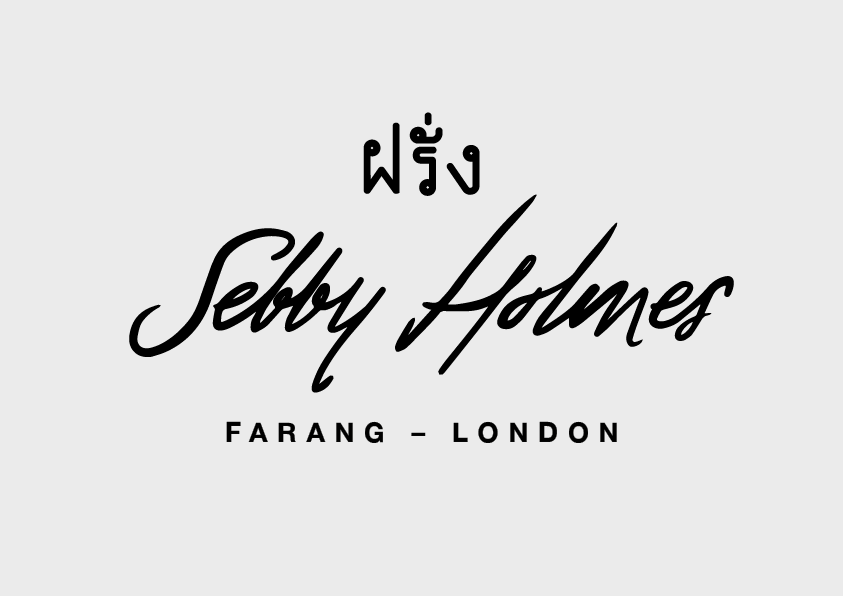Green curry of mussels with wild ginger, Asian vegetables, sweet basil & vermicelli noodles

First created during the reign of King Rama 6 or 7, (1908-1926) gaeng khao wan, which translates to sweet green curry has now had a good century of existence. In this time it has become one of the most popular Thai curries and has found itself being eaten across the globe, from Old Street to Khao San Road this dish will be making people smile with happiness and cry with spiciness on the regular. Now I appreciate that many people may not have the time or the patience to make their own paste but you must try it at least once if you know what is good for you, the difference between a fresh made paste and something brought in the shops is chalk and cheese. To achieve a high-quality paste at home you must purchase yourself a large, granite pestle and mortar. Without this in the kitchen I would feel as unprepared as if I was somehow naked on the London tube if I were to attempt making something tasty without this bit of kit on the table top. Perfect for spice grinding, making dressings, pastes and sauces, the pestle and mortar and its complex simplicity is a necessity in the kitchen, combining ingredients through brute force, rather than chopping and mixing creates a whole new world of flavour and textures which really takes a dish to the next level. However don’t drop it on the floor and break it otherwise legend has it, it’s seven years bad sex for you. Come to think of it a few of my chefs in the kitchen have accidentally sent a pestle to the grave over the years- they’re not so happy these days .
Ingredients
For the Curry:
2kg large mussels, washed, beards and barnacles removed
150g thin rice vermicelli noodles, blanched for 1 minute in boiling salted water and refreshed under cold running water
20g baby corn, sliced into thin roll-cuts
3 long red chillies, sliced into roll cuts
3 long green chillies, sliced into roll cuts
10g green beans, topped and tailed, cut into 2cm long chunks
150g green curry paste
200ml fish stock
150ml coconut oil (crack), or vegetable oil
300ml coconut cream
1 tablespoon wild ginger (grachai), peeled and thinly sliced (regular ginger will work fine)
20g Thai basil, picked
10g coriander, washed and picked
2 tablespoons fish sauce
1 teaspoon palm sugar
1 lime, chopped into cheeks for garnish
½ teaspoon sea salt
For the Curry Paste (makes around 1kg of paste):
150g fresh bird's eye chillies, stems removed, roasted over a barbecue or in an oven for around 10 minutes until softened and smoky
150g fresh long green chillies, stems and seeds removed, thinly sliced, roasted over a barbecue or in an oven for around 10 minutes until softened and smoky
250g banana shallots, peeled, roughly chopped (use Thai shallots if possible)
250g peeled garlic
100g peeled lemongrass, topped and tailed, outside shell removed, sliced into small chunks
30g galangal, peeled and cut into small chunks
20g coriander roots, cleaned and finely sliced
30g fresh red turmeric, peeled (watch the hands, this stuff stains)
20g wild ginger (krachai), peeled and roughly chopped
1 tablespoon roasted gapi paste, fermented shrimp paste (leave this out if vegetarian)
1 tablespoon whole white peppercorns, lightly toasted in a dry pan
3 teaspoons whole coriander seeds, lightly toasted in a dry pan
2 teaspoons cumin seeds, lightly toasted in a dry pan
2 pieces mace (roughly 2g), lightly roasted in a pan
1-2 teaspoons coarse sea salt
Method
Prepare the Curry Paste:
Using a pestle and mortar, individually pound each fresh ingredient until combined into a smooth paste. Begin with tougher ingredients like lemongrass and galangal, then proceed with chillies, garlic, etc.
Toast the spices in a pan, starting with coriander seeds. Once they begin to smoke, add mace and cumin, followed by white peppercorns, and remove from heat. Grind to a fine powder and incorporate into the curry paste. Ensure the paste is slightly moist and coarse with no lumps.
Store in an airtight container with cling film as a barrier against oxidation. Refrigerate for 2-3 weeks or freeze for longer storage.
Cook the Curry:
Heat coconut or vegetable oil in a wok until bubbling. Add 200g green curry paste and stir until it splits and darkens. The aroma will shift from raw to fragrant.
Add palm sugar and cook until it caramelises, then pour in fish stock and half the coconut cream. Add green beans and baby corn, cover, and simmer for about 5 minutes.
Add mussels, cover, and simmer for another 3-4 minutes until they open. Discard any that remain closed. Stir in the remaining coconut cream, fish sauce, Thai basil, chillies, and wild ginger. Fold carefully to keep mussels intact.
Serve:
Place cooked noodles in bowls and ladle the curry over them. The curry should be rich, creamy, and perfectly balanced. If it doesn’t taste divine, either something went awry, or mussels just aren't your thing!
Storage Notes:
The curry paste can be stored in the fridge for 2-3 weeks or frozen for longer periods. Ensure it’s in an airtight container to prevent oxidation.
If you try this recipe, let me know how it turns out! And if you're not a fan, well, maybe mussels aren't your thing. Looking forward to seeing you at Farang soon for a taste of our culinary creations!
Head chef & founder of Farang London restaurant. Cookbook author of ‘Cook Thai’ & ‘Thai in 7’. Chief curry paste basher and co-founder of Payst London.
